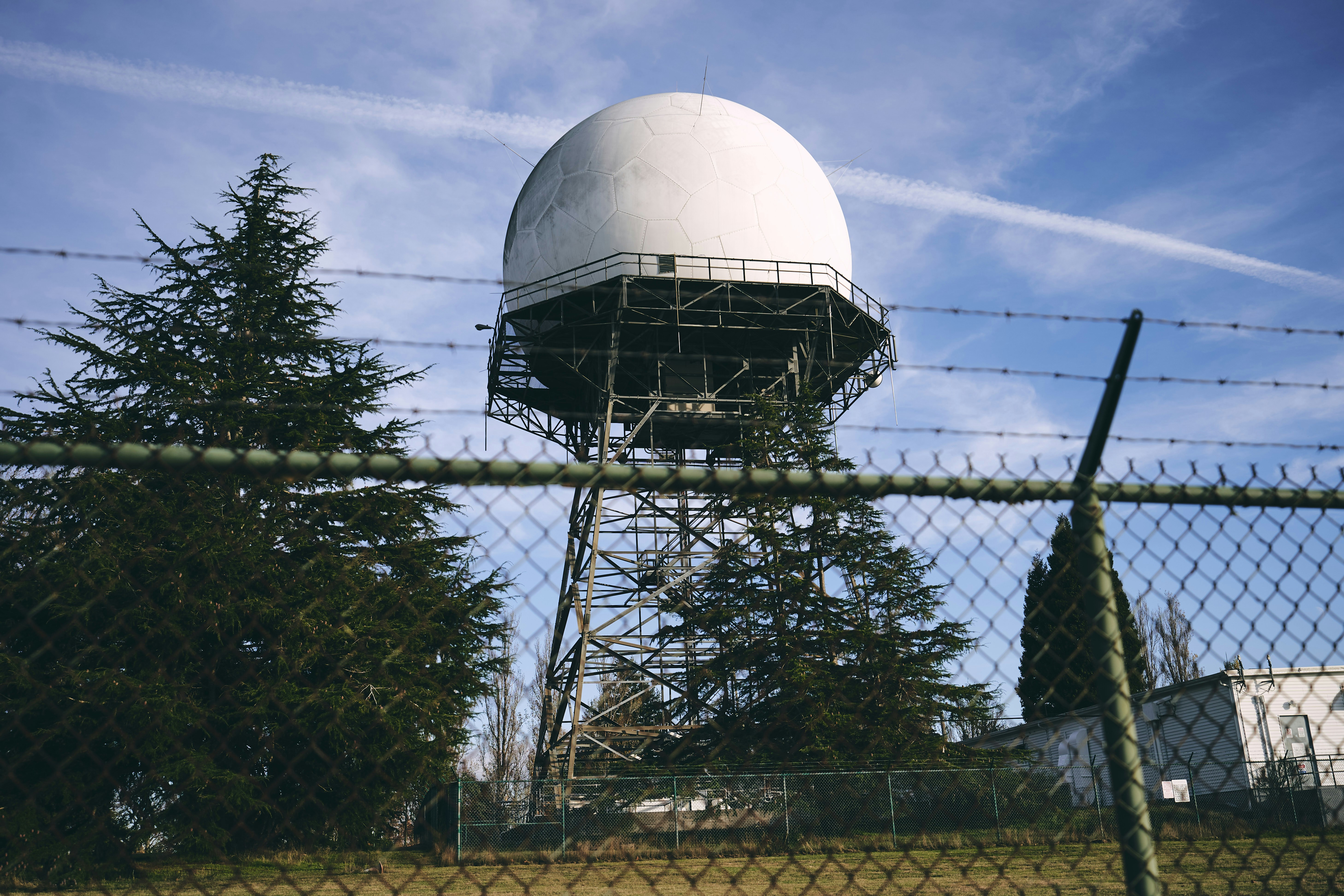Related Jobs
View all jobsElectronic Design Engineer
Lead Electronics Engineer
Lead Power Electronics Engineer
Lead Security Engineer
Head of Product Development (Aerospace)

Subscribe to Future Tech Insights for the latest jobs & insights, direct to your inbox.
Industry Insights
Discover insightful articles, industry insights, expert tips, and curated resources.

Space Sector Jobs Skills Radar 2026: Emerging Tools, Technologies & Platforms to Learn Now
From launch vehicles and CubeSats to space-based communications, climate monitoring, and lunar exploration—UK space jobs are entering a bold new era. With government investment, private capital, and ESA partnerships driving growth, demand is surging for professionals with the right skills to build and sustain this expanding space economy. Welcome to the Space Sector Jobs Skills Radar 2026—your annual guide to the engineering tools, simulation platforms, programming languages and mission technologies that UK employers are prioritising. Whether you're an aerospace graduate, software engineer, or systems integrator, this radar helps you target the future of UK space careers.

How to Find Hidden Space Jobs in the UK Using Professional Bodies like the RAeS, UKSpace & More
The UK space sector is enjoying rapid growth—driven by satellite constellations, launch services, Earth observation, space science, and defence applications. But while demand for engineers, scientists, mission designers, and space analysts is high, many of the most compelling roles are never advertised publicly. Instead, these opportunities are often filled through professional networks, working groups, innovation clusters, and academic-industry partnerships. This guide will show you how to access hidden UK space jobs by engaging with bodies like the Royal Aeronautical Society (RAeS), UKSpace, British Interplanetary Society (BIS), and regional space clusters. By leveraging membership directories, special-interest groups (SIGs), CPD events, and funded projects, you can position yourself to be first in line—even before roles are posted.

How to Get a Better Space Sector Job After a Lay-Off or Redundancy
Being made redundant from a role in the UK space sector can be disheartening. Whether your work was tied to satellite design, launch services, ground systems, mission operations, or Earth observation analytics, the experience and specialist knowledge you've gained is still highly valuable. The UK government’s Space Strategy, increased commercial investment, and new launch initiatives across Cornwall, Scotland, and Wales continue to drive opportunities in upstream and downstream space technologies. This guide will help you relaunch your career in the UK space sector after redundancy.